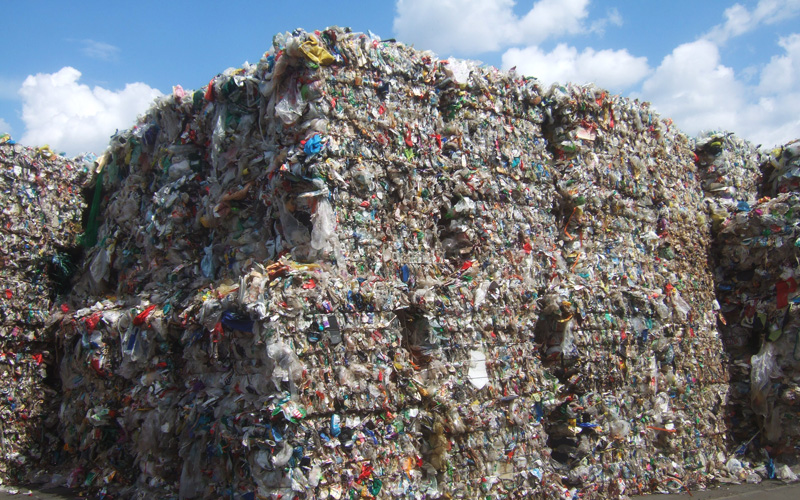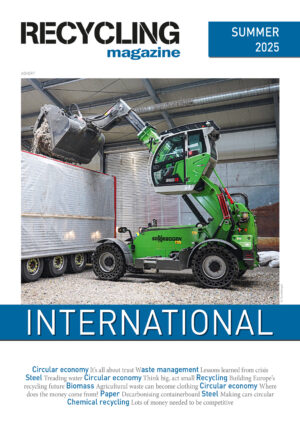EVOH which is combined with a polypropylene-grafted maleic anhydride (PP-g-MAH, with MAH > 0.1%) tie layer does not jeopardize the recyclability of a package, the findings demonstrated.
Testing was performed on a PP bottle consisting of 6% of EVOH with 3% of PP-grafted-MAH tie layers (by weight), as well as on a PP sheet with the same levels of the EVOH and PP-g-MAH.
The German lab Institut für Kunststofftechnologie und -recycling (IKTR) was tasked with carrying out the analysis following the RecyClass Recyclability Evaluation Protocol for PP containers.
The results show that concentration of up to 6% of EVOH (with respect to overall packaging weight) tied with PP grafted maleic anhydride will not have a negative impact on the PP rigids and, therefore, is fully compatible with the respective stream. Additionally, same structure with concentrations higher than 6% of EVOH were found to have limited recycling compatibility. Both conclusions are applicable to all types of PP rigid packaging, that includes not only bottles and sheets that were tested but also tubes, pots and trays.
The recycled material coming from this packaging can be used in high-end applications including bottles and sheets.
RecyClass recommends to compatibilise the EVOH-barrier layer with a minimal amount of tie layer, following a ratio below two of EVOH versus tie layer. The recommendations described above are not to be universally applied to other types of tie layers, as their compatibility must be further tested.
The aforementioned results are used to update the RecyClass Design for Recycling Guidelines for PP Natural and Coloured Containers and respectively the RecyClass Online Tool.
Moreover, these findings are in line with the previous testing done on EVOH in HDPE containers released last year. They contribute to increasing the knowledge about the functional barriers and their impact on the recyclability of plastic packaging.











